Search
Search Results

Image
The Vatican Obelisk
The origin of the Vatican Obelisk is unknown except that is was erected in the Egyptian city of Heliopolis. After reaching Rome, the obelisk was placed by Emperor Caligula (r. 37–41 CE) in the circus he had constructed close to where the...
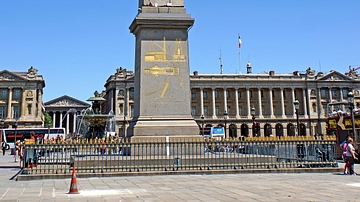
Image
Luxor Obelisk, Paris
The Luxor Obelisk, also known as 'Cleopatra's Needle', in Place de la Concorde, Paris.

Image
Ivory Token Depicting Egyptian Obelisk and Temple
This 1st Century CE ivory token depicts an Egyptian-style obelisk and temple, probably located in the Alexandrian suburb of Nikopolis. The token was probably produced in Roman Egypt and is now part of the collection of the J. Paul Getty Museum...
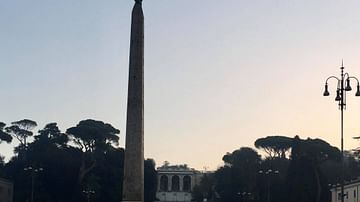
Image
Flaminio Obelisk, Rome
The Flaminio Obelisk is believed to originate from the time of Seti I (1290–1279 BCE), and his son Ramses II (1279-1213 BCE). It was brought to Rome by Emperor Augustus (r. 27 BCE –14 CE) for the Circus Maximus, and today it stands in the...
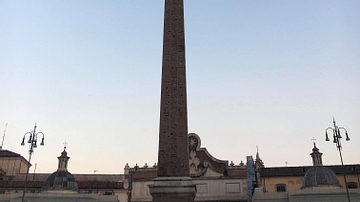
Image
Flaminio Obelisk, Rome
The Flaminio Obelisk is believed to originate from the time of Seti I (1290 – 1279 BCE), and his son Ramesses II (1279 - 1213 BCE). It was brought to Rome by Emperor Augustus (r. 27 BCE – 14 CE) for the Circus Maximus, and today it stands...
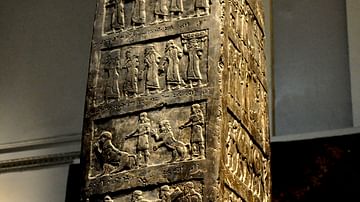
Image
The Black Obelisk of King Shalmaneser III
This obelisk was erected as a public monument in 825 BCE at a time of civil war. The relief sculptures glorify the achievements of King Shalmaneser III and his commander-in-chief . It lists their military campaigns of 31 years and the tribute...
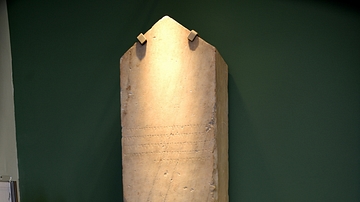
Image
Marble Obelisk from Kition
The finely carved inscription on this obelisk dates to the 4th century BCE. The obelisk was set up in a cemetery at the Phoenician colony of Kition in Cyprus by a certain Arish in memory of his parent; his father Parz, who is said to have...
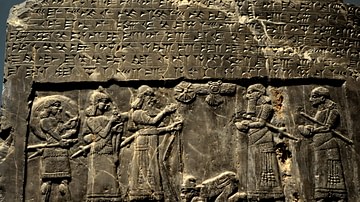
Image
The Black Obelisk of Shalmaneser III, side A, upper register
The Assyrian king Shalmaneser III, holding a bow, receives a tribute from Sua the Gilzanean. The king faces his field marshal and another official.From Nimrud, (ancient Kalhu), near the building of Shalmaneser, neo-Assyrian era, 827 BCE...
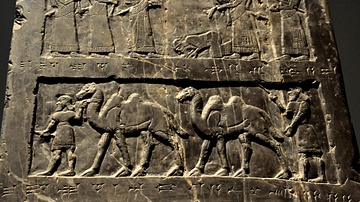
Image
The Black Obelisk of Shalmaneser III, side A, 3rd register
Attendants bring tribute from Musri with two-humped camels. Musri, meaning a borderland, probably refers to a country in eastern Iran or in Egypt. From Nimrud, (ancient Kalhu), near the building of Shalmaneser, neo-Assyrian era, 827 BCE...
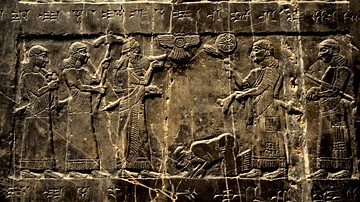
Image
The Black Obelisk of Shalmaneser III, side A, 2nd register
The Assyrian king Shalmaneser III beneath a parasol, accepts the tribute from Iaua from the house of Humri in 841 BCE. This is king Jehu of Israel, who appears in the Bible (2 Kings 9-10). From Nimrud, (ancient Kalhu), near the building of...